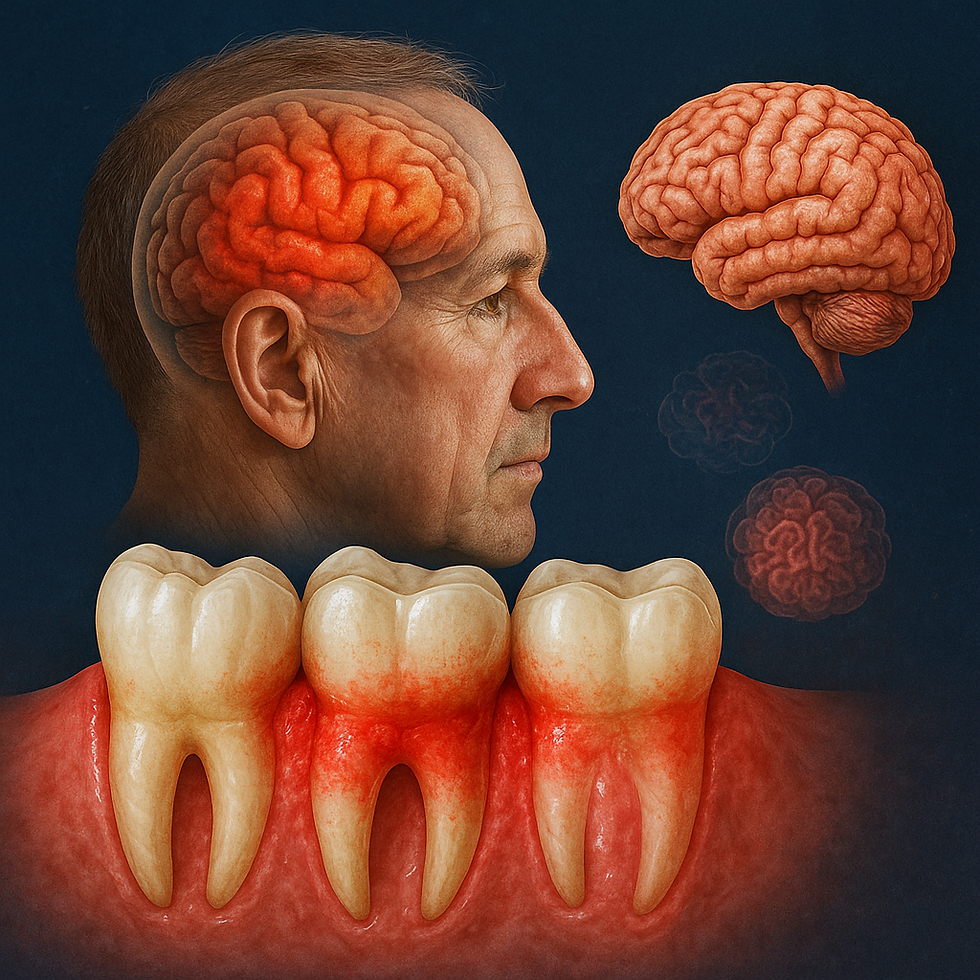Sleep Regularity: The Longevity Habit Hiding in Plain Sight | Beverly Hills Institute | www.bhinstitute.com
- alexfoxman
- Aug 25
- 3 min read

Summary (for readers in a hurry)
Keeping the same bedtime and wake time every day is one of the simplest ways to improve heart, brain, and metabolic health. Pair a steady schedule with 7–8 hours of sleep and a short wind-down routine, and you’ll feel the difference within a week.
What is sleep regularity?
Sleep regularity means your bedtime and wake time are consistent, ideally within a 30–60 minute window, every day of the week. Total hours still matter, but regular timing keeps your internal clock stable, which supports energy, mood, blood pressure, appetite hormones, and immune function.
Why it matters
Heart & metabolism: Regular sleep helps lower blood pressure, stabilize blood sugar, and reduce inflammation.
Brain health: Consistent sleep supports memory consolidation and clears metabolic waste from the brain during deep sleep.
Mood & performance: You’ll see fewer afternoon crashes, better focus, and more stable mood.
Weight management: Steady sleep curbs late-night cravings and improves satiety signals, making nutrition plans easier to follow.
The 7-day regularity plan
Goal: Choose one 8-hour “sleep window” (for example 10:30 pm–6:30 am) and hit it within ±30 minutes for 7 days.
Day 1–2: Lock the wake time
Pick a wake time you can keep every day, including weekends.
Get morning light within the first hour of waking (outside is best).
Stop caffeine 8 hours before bed; avoid alcohol 3–4 hours before.
Day 3–4: Create a wind-down
Start a 30–45 minute pre-bed routine: dim lights, warm shower, light stretching, paper book or meditation.
Put devices away or on night mode 60 minutes before bed.
Keep the bedroom cool, dark, and quiet.
Day 5–6: Protect the weekend
Keep wake time within 30 minutes of weekdays.
If short on sleep, use a 20–30 minute early-afternoon nap rather than sleeping in.
Day 7: Review & adjust
If you are not sleepy at bedtime, shift the window 15 minutes later and hold for 3–4 nights before adjusting again.
Quick fixes for common hurdles
Can’t fall asleep: Keep wake time fixed. Push bedtime 15–30 minutes later and avoid naps for two days.
Early awakenings: Make the room slightly cooler, move dinner earlier, and reduce evening alcohol.
Nighttime mind-racing: Keep a notepad by the bed for a 5-minute “brain dump” before lights out.
Shift work or travel: Use strategic light exposure and, for eastbound travel, consider low-dose early-evening melatonin; discuss timing with your clinician.
When to seek medical care
Taking >30 minutes to fall asleep or awake >30 minutes during the night, 3+ nights per week for 3 months.
Loud snoring, choking or witnessed pauses in breathing.
Persistent unrefreshing sleep, morning headaches, or excessive daytime sleepiness.These can signal conditions like insomnia, obstructive sleep apnea, restless legs syndrome, or circadian rhythm disorders—treatable problems that deserve a proper evaluation.
How Beverly Hills Institute can help
At BHI, we treat sleep as a vital sign. Your visit may include:
Comprehensive sleep assessment (insomnia, apnea, circadian timing).
Home sleep apnea testing and therapy pathways when indicated.
CBT-I–informed coaching to retrain sleep without dependency on sedatives.
Medication and supplement review to optimize sleep and reduce next-day grogginess.
Integration with your heart, metabolic, and weight-management plan.
Patient FAQ
How many hours do I need?
Most adults feel and function best with 7–8 hours nightly, paired with consistent timing.
Is it okay to sleep in on weekends?
Try to keep your schedule within 30 minutes of your weekday times. If you are tired, use a short 20–30 minute nap before 3 pm.
What if I work shifts?
You can still protect regularity within each block of shifts. Use timed light exposure, dark sunglasses after night shifts, and a fixed pre-sleep routine. We can tailor this for you.
Ready to personalize your sleep plan?
Book a Sleep Health visit at bhinstitute.com.



Comments